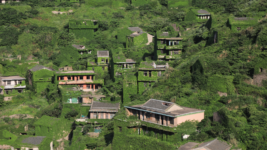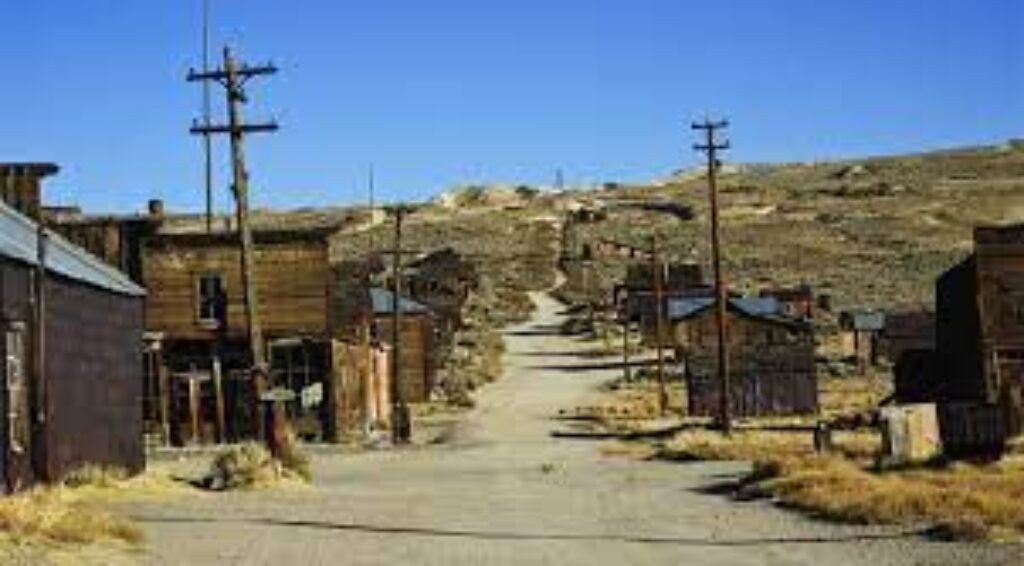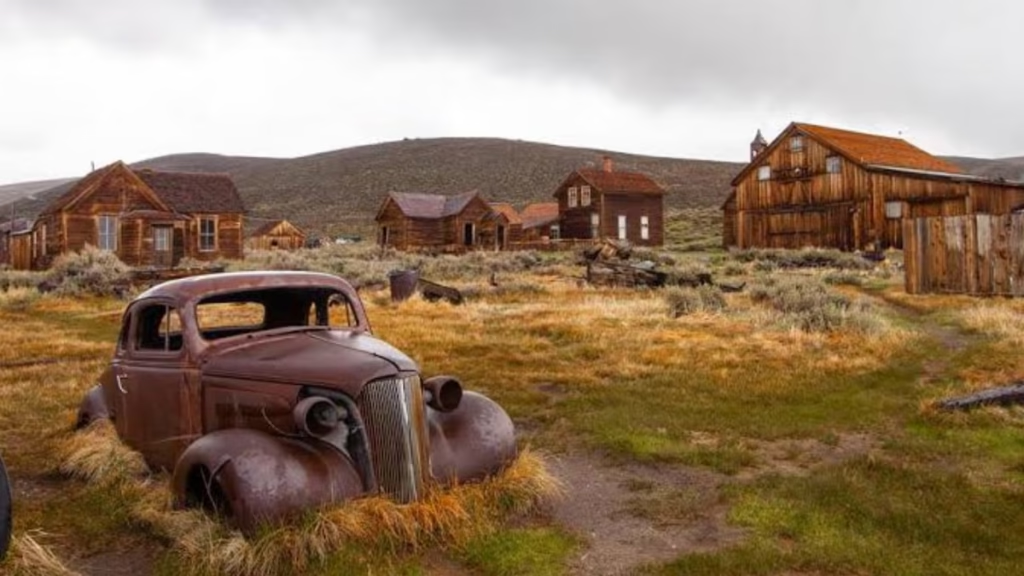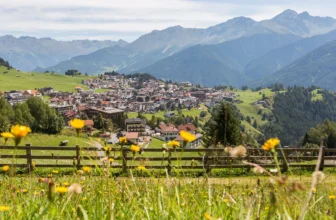
Adventure Travelers: Exploring the World’s Most Mysterious Ghost Towns
There’s something hauntingly beautiful about ghost towns. Once vibrant communities filled with laughter, commerce, and everyday life, they now stand as silent witnesses to time’s passage. For adventure travelers, ghost towns offer a rare opportunity — a journey through history, mystery, and imagination. These deserted places, frozen in time, tell stories of boom and bust, war and peace, and nature’s reclaiming of what once belonged to humans.
The Allure of Ghost Towns

Ghost towns attract adventurers because they blend exploration, photography, and storytelling in one experience. Every broken window and dusty main street holds a fragment of forgotten history. For some, it’s about the thrill of walking through eerie, abandoned landscapes. For others, it’s about uncovering the human stories left behind — the miners who struck gold, the settlers who moved on, or the communities lost to natural disasters or economic collapse.
Unlike traditional tourist destinations, ghost towns aren’t about luxury or leisure — they’re about discovery. You don’t visit a ghost town to be entertained; you visit to feel something — awe, curiosity, or even a touch of fear.
Bodie, California, USA
One of the most famous ghost towns in the world, Bodie, California, offers a perfectly preserved look at life in the late 1800s. Once a booming gold-mining town with a population of 10,000, Bodie was abandoned when the gold ran out. Today, the town stands in “arrested decay” — buildings remain intact but untouched by restoration. Walking through Bodie feels like stepping into an Old West movie set, complete with saloons, a church, and homes filled with remnants of daily life.
Kolmanskop, Namibia
In the Namib Desert lies Kolmanskop, a ghost town swallowed by sand. Built by German settlers during a diamond rush in the early 1900s, the town was once a symbol of luxury — boasting a hospital, ballroom, and even an ice factory. When the diamonds dried up, residents fled, leaving behind ornate homes now filled with wind and drifting dunes. Today, photographers and adventure seekers flock here to capture the surreal contrast of architecture and desert reclaiming the land.
Hashima Island, Japan
Known as “Battleship Island” for its shape, Hashima was once a bustling coal mining facility off Japan’s coast. At its peak in the 1950s, over 5,000 people lived in high-rise concrete blocks, making it one of the most densely populated places on Earth. When Japan shifted to petroleum energy in the 1970s, the island was abandoned overnight. The decaying apartment blocks, tunnels, and machinery now form a hauntingly cinematic scene — even inspiring the villain’s hideout in the James Bond movie Skyfall.
Pripyat, Ukraine
No list of ghost towns is complete without Pripyat, the city evacuated after the Chernobyl nuclear disaster in 1986. Once home to 50,000 people, Pripyat is now a time capsule of Soviet life frozen in the moment of evacuation. Schools still hold dusty textbooks, toys lie scattered, and a Ferris wheel — never used — stands as a symbol of the lives suddenly interrupted. Although it’s within a radiation exclusion zone, guided tours allow adventurous travelers to safely explore certain areas, learning about both the human tragedy and nature’s gradual reclamation.
Humberstone, Chile
A UNESCO World Heritage Site, Humberstone was once a thriving nitrate-mining town in Chile’s Atacama Desert. The town’s grand theater, swimming pool, and industrial machinery remain standing under the harsh desert sun. The desolate beauty of Humberstone makes it one of South America’s most fascinating ghost towns. Despite its emptiness, there’s an odd sense of resilience — a reminder of the industrial age that helped shape Chile’s economy.
The Experience of Exploration
Visiting ghost towns isn’t just about taking photos — it’s about understanding impermanence. Many travelers describe a deep sense of reflection when standing amid the ruins of a once-lively community. Silence replaces the sounds of life, and wind becomes the only voice. It’s history stripped bare, allowing you to connect directly with the past.
For those who love photography, ghost towns are a dream. Light filters through broken windows, nature creeps into man-made spaces, and every corner holds a story. For history enthusiasts, each location offers insight into a forgotten chapter of human ambition.
Tips for Visiting Ghost Towns

- Do your research: Some sites require permits or guided tours.
- Respect preservation laws: Don’t remove artifacts or damage property.
- Travel safely: Many ghost towns are in remote areas with limited facilities.
- Go early or late: The lighting adds to the eerie atmosphere and better photos.
Final Thoughts
For adventure travelers, ghost towns offer an extraordinary kind of journey — one where time stands still and imagination runs free. They remind us of the fragility of human achievement and the power of nature to reclaim what’s left behind. Whether you’re walking through sand-filled homes in Namibia or exploring the silent streets of Pripyat, these ghost towns prove that sometimes, the most unforgettable adventures happen in places long forgotten.








